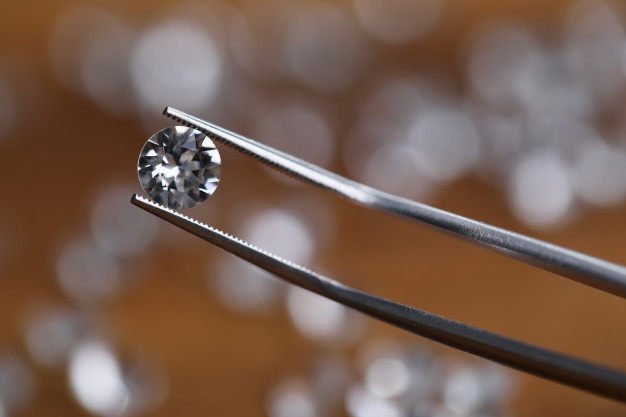Why Does Diamond Clarity Affect Sparkle?
For a diamond to be considered spectacular, it needs to be dynamic, fiery, and brilliant. Light performance is the sole reason why diamonds are mesmerizing, beautiful, and great to look at. A top-notch diamond is one that appears alive and possesses a personality that changes with the variations in the lighting environment.
Then again, no person wants to own a cloudy diamond. However, there exists a diamond inclusion commonly referred to as a “cloud.” You need to understand the kind of impact a cloud inclusion can have on a diamond’s sparkle with regards to light performance.
The Basics

To begin with, you ought to understand that It’s not always that the cloud inclusions have any meaningful impact on light performance. This often applies when dealing with VVS and VS (higher clarity grade) diamonds.
Clarities having an SI grade and below are the most affected by the presence of clouds. For this to occur, the clouds must be numerous or big enough for them to impact light refraction and reflection.
Diamond Inclusion—What Is It

A cloud in a diamond is often defined as a microscopic inclusion contained inside the diamond. Such areas can be sparse or dense, small or large. Depending on their concentration and size, the clouds can easily scatter light, thereby reducing the quality and quantity of light the diamond returns to the eye.
On the other hand, inclusions tend to affect a tiny part of the diamond, which means they don’t do much to affect the performance of light compared to other inclusions, e.g., a crystal. One advantage inclusions have over crystals is that they aren’t easily noticeable. This is largely because they tend to be transparent and vague.
As such, they are not easy to see, even when checked under a magnifying glass. Having said this, a gemstone having an inclusion could be deemed more desirable compared to another stone of the same grade, having a different kind of inclusion.
If unsure of how to choose the best diamond clarity, after looking for inclusions, you can always rely on the expert advice offered by the folks at Pricescope forums. They are a trusted source on all matters related to diamond clarity.
Diamond Reports and Advanced Understanding of Inclusions

When you know how to read a lab report and have some advanced understanding of inclusions, it becomes easier to identify diamonds that are likely to pose a challenge. You also get to know those that are likely to be advantageous. When you check a diamond report prepared by AGS or GIA laboratories, you will find that the primary grade setting is set as “Key to Symbols.”
This means that if the cloud is the chief indicator being used to set the clarity grade, its presence may mean the diamond has an issue. However, you should note that this doesn’t apply at all times. Cloud inclusions tend to be discrete and tiny and, therefore, are unlikely to alter light performance, even when they are listed first.
Conclusion
In summary, the presence of cloud inclusions isn’t something to worry about. It’s not every time that they impact the brilliance of a diamond. Given that there are many subtle and significant issues that can affect the quality of a diamond, it’s advisable to look for a certified diamond. This is one that has been checked by a reputable lab.
Read Also:








